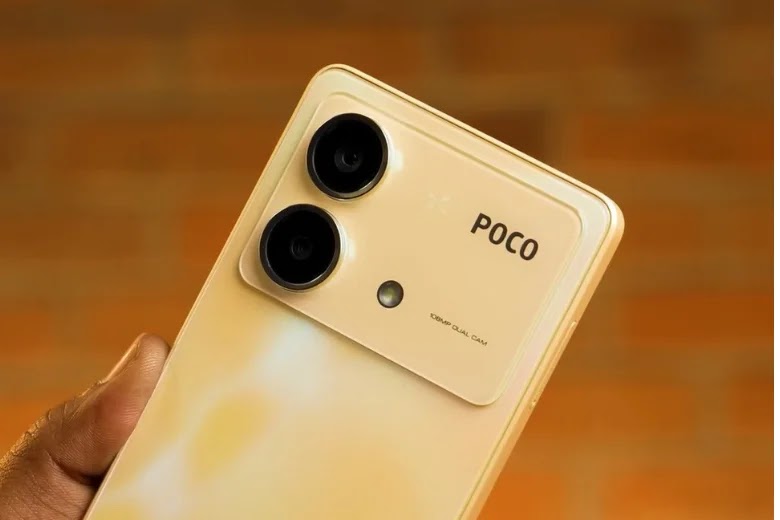Introduction
In the realm of smartphones, budget flagships often force manufacturers to make trade-offs. Nowhere is this more evident than in camera technology, where image compression plays a crucial role in balancing storage efficiency and photo quality. Today, we delve into the contrasting approaches of two contenders - the Poco X6 Neo and the Nothing Phone 2a - to see how their compression techniques stack up.
Poco X6 Neo: Raw Power, Sizeable Savings
The Poco X6 Neo boasts a formidable 108MP main sensor. This translates to capturing a massive amount of image data. To combat storage bloat, Poco likely employs a combination of techniques:
- Lossy Compression: This widely used method discards some image data deemed less critical for the human eye. JPEG is a common lossy format, and Poco might utilize a variant with a moderate compression ratio, striking a balance between file size and detail preservation.
- Rescaling: Downscaling the captured image reduces the overall pixel count, leading to a smaller file size. However, excessive downscaling can lead to a noticeable loss of sharpness.
Nothing Phone 2a: Balancing Act with a Twist
The Nothing Phone 2a takes a different route. It features a dual-camera system with a 50MP main sensor. While packing less raw power compared to the Poco, Nothing might leverage these strategies:
- Sensor-Level Compression: Modern sensors often have built-in hardware compression capabilities. This can be particularly effective in reducing redundant data before the image is even processed by the phone's software.
- Selective Compression: Nothing might apply varying compression levels to different parts of the image. For instance, areas with less detail (like a plain background) might be compressed more aggressively, while crucial elements (like a person's face) are preserved with higher fidelity.
The Intrigue: A Battle Beyond Specs
The true story of compression lies beyond megapixel counts. Here's where things get interesting:
- Software Optimization: Both manufacturers likely employ sophisticated image processing algorithms to enhance photos after compression. These algorithms can sharpen edges, reduce noise, and adjust colors, potentially mitigating the impact of compression artifacts.
- User Control (or Lack Thereof): It's unclear if either phone offers user control over compression levels. This can be a dealbreaker for photography enthusiasts who prefer more granular control over image quality and storage usage.
The Verdict: It Depends
Deciding which phone offers "better" compression depends on your priorities:
- Storage Efficiency: If maximizing storage space is paramount, the Poco X6 Neo's aggressive compression might be suitable.
- Finesse over File Size: For those prioritizing sharper details and a more natural look, the Nothing Phone 2a's potentially gentler compression could be the way to go.
The Final Note: Beyond Compression
While compression is a crucial factor, it's just one piece of the puzzle. Other aspects like lens quality, sensor size, and image processing capabilities all play a role in determining a phone's overall camera performance.
Ultimately, the best way to choose between the Poco X6 Neo and Nothing Phone 2a is to research camera samples online or, ideally, try them out yourself to see which one produces images that resonate most with you.


0 Comments